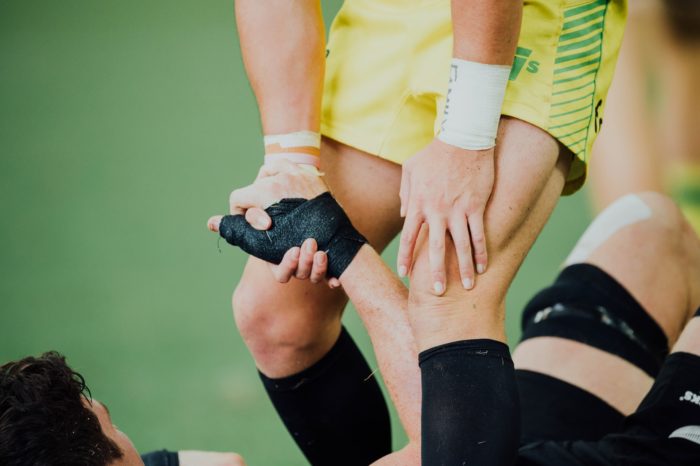
Many people’s joints snap and crack, but everyone has their own opinion on this matter: some think that cracking knuckles and neck is harmful, while others think it is a feature of the body and do not pay attention. It’s good when snapping is insignificant, but what if the joints crack often and loudly?
So why do joints snap?
Before you figure out the causes of joint snapping, it is important to note that nothing happens in the body by itself. A special “feature” is the color of the hair or eyes. And if something crunches, creaks, clicks, hurts, snaps etc., this is not a feature – it is a symptom. Secondly, we should not consider any part of the human body separately from the rest.
The body is a single whole. For example, the problem of flat feet cannot be considered exclusively as the problem of the feet. Our body is united by muscle chains, ligaments, fasciae, which fix the joints. So they are part of a whole organism – a complex mechanical system.
When and why do joint problems arise?
The articular surfaces of the bones coincide with each other with the highest accuracy – literally to hundredths of a millimeter. They slide smoothly and seamlessly. However, in practice, we get a different picture: a cracking joint is a common symptom among people of different ages, including babies, who, in theory, should be fine.
Babies usually have cracking joints due to muscle hypotonia. The joint itself is healthy, but due to the weakness of the surrounding muscles, at a certain stage of movement, the articular surfaces “break apart” and a click occurs.

In childhood, joints can creak due to acquired injuries or scoliosis, which negatively affects the body as a whole. The curvature affects the entire body, as a result of which the joints are deformed.
In adults, structural changes in the cartilage and ligaments surrounding the joint are added to the existing disorders. Often, there are salt deposits, which interfere with the normal movement of the joint. As a result, it starts to snap.
Acquired injuries can cause crunching and creaking joints, making their work more difficult. In most cases of crunching in the neck, shoulder and elbow joints, we can say that a person suffered a skull injury in the past. If the lower back, pelvis, knee and ankle joints snap, there was a tailbone injury.
There are a number of aggravating factors that can indirectly affect joint function. In both adults and children, crunching in the joints often indicates problems of the endocrine system, deficiency of vitamin D, and microelements. Such metabolic disorders lead to the relaxation of ligaments, as a result of which the joints are not fixed firmly enough, and a characteristic crunch appears.
Liver problems can cause a reduction in the formation of joint fluid. In this case, there occurs the effect of “old door hinges”, which no one has oiled for a long time. Professional overload is another common aggravating factor.
Knee pain as a concomitant symptom
The creak in the knee joints is just a “sound effect” accompanying pain in this area. But at the same time, knees can crunch without any pain.
What can cause knee pain? Firstly, it can be caused by direct injuries such as rupture of ligaments, meniscus, systemic diseases like gout and osteoporosis.
There are also a number of diagnoses that cannot be considered full-fledged diseases – they include arthritis and osteoarthritis. They can occur as a result of a previous injury to the coccygeal-sacral region.
Pain and creaking knees can accompany such disorders as flat feet and scoliosis, which, in turn, are the result of a birth trauma. In this case, the load from the spine goes down to the feet, but if a person wears insoles or special orthopedic shoes, the load returns from the feet to the sections located above. Otherwise, the legs, thighs, and knees work in a high load mode, which ultimately causes snapping and pain.
What to do if joints crack?

See a doctor, in particular an endocrinologist. Perhaps your body is suffering from vitamin D deficiency, micronutrient deficiencies or endocrine disorders, and you need to reconsider your diet and eating pattern.
Do not forget about moderate physical activity. 10,000 steps every day is a very useful activity. Do regular stretching and simple exercises.
Swim. This is one of the best types of activities for any disorders of the musculoskeletal system. It is safe as it minimizes stress on the joints. And with scoliosis, swimming is simply necessary, since it is a symmetrical load on both sides of the body.
See an osteopath. The reasons for snapping are often associated with violations of the “mechanics”. Only a specialist can identify and eliminate these problems.
Mind what you eat. This point is especially relevant for adults. Eat red meat and animal fat. Introduce foods containing cartilage or gelatin into the diet.






